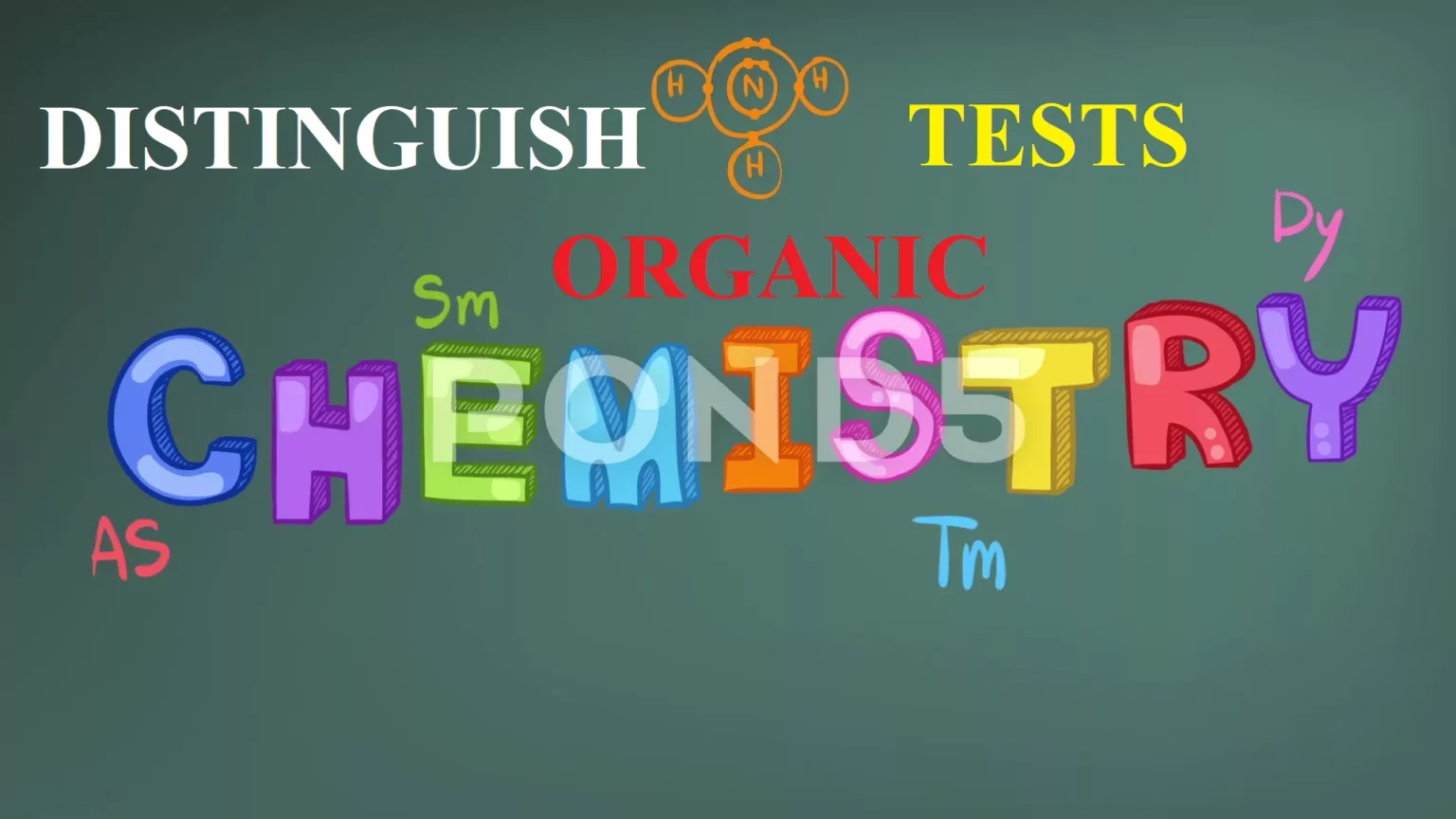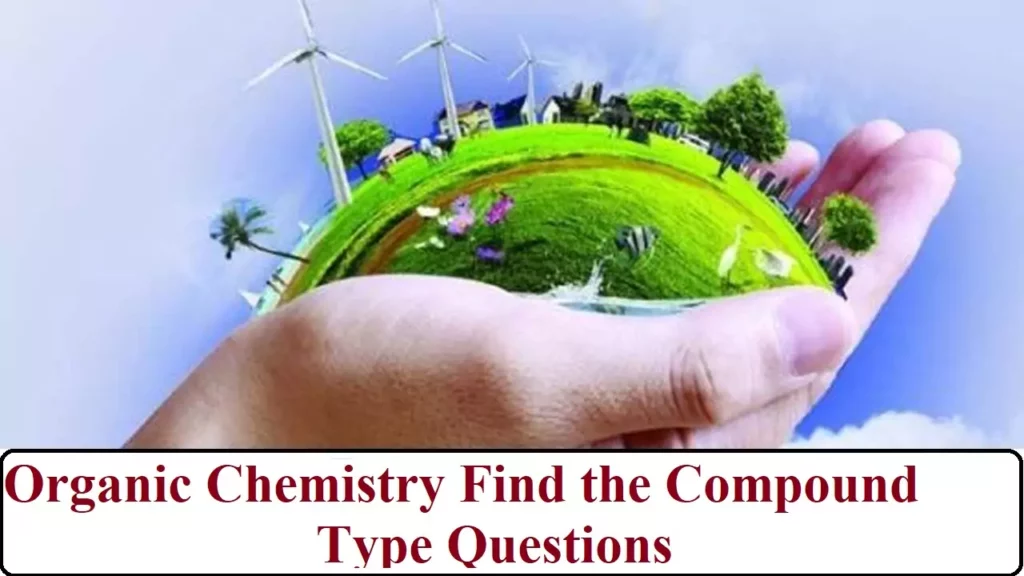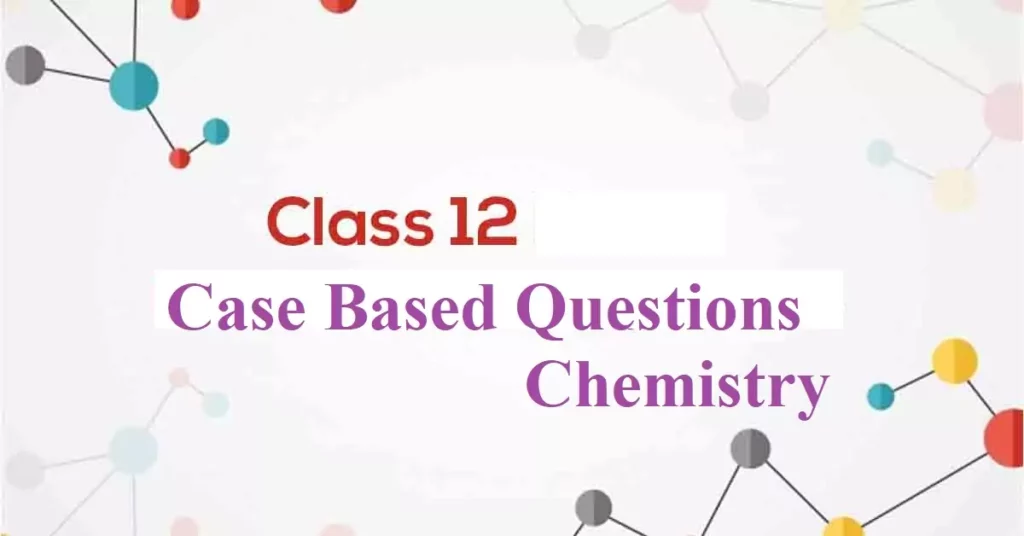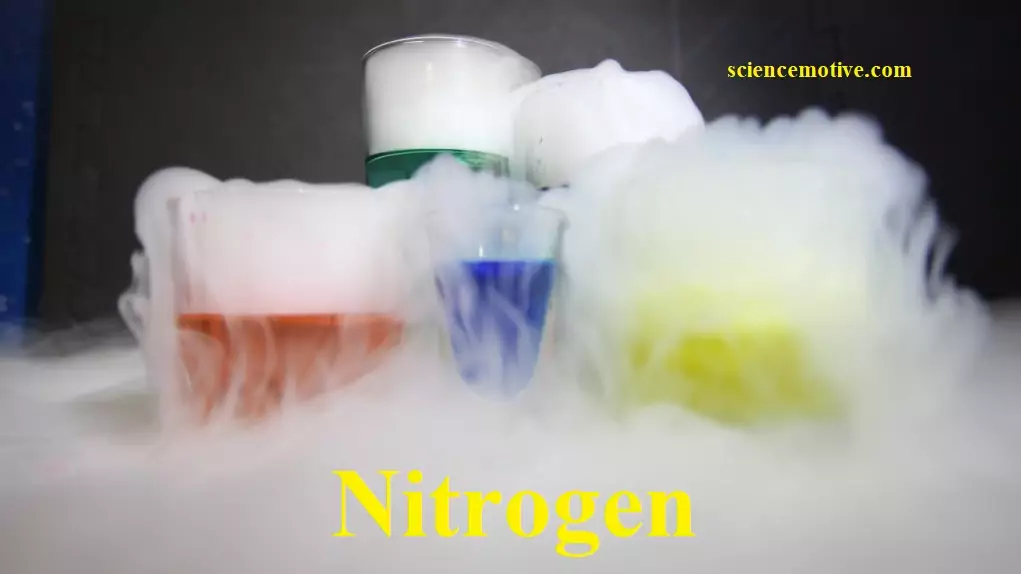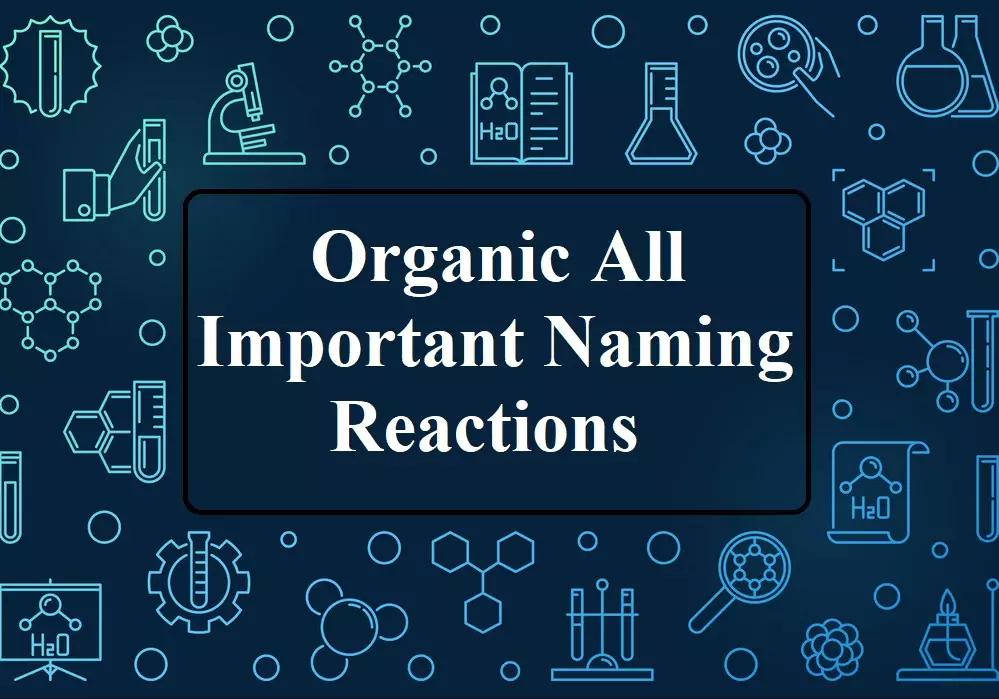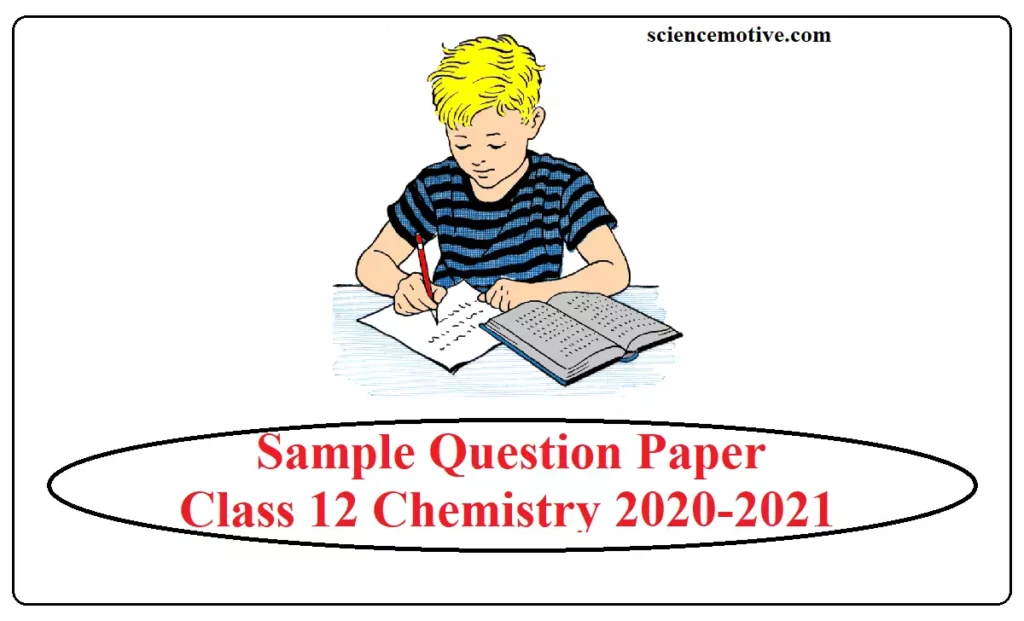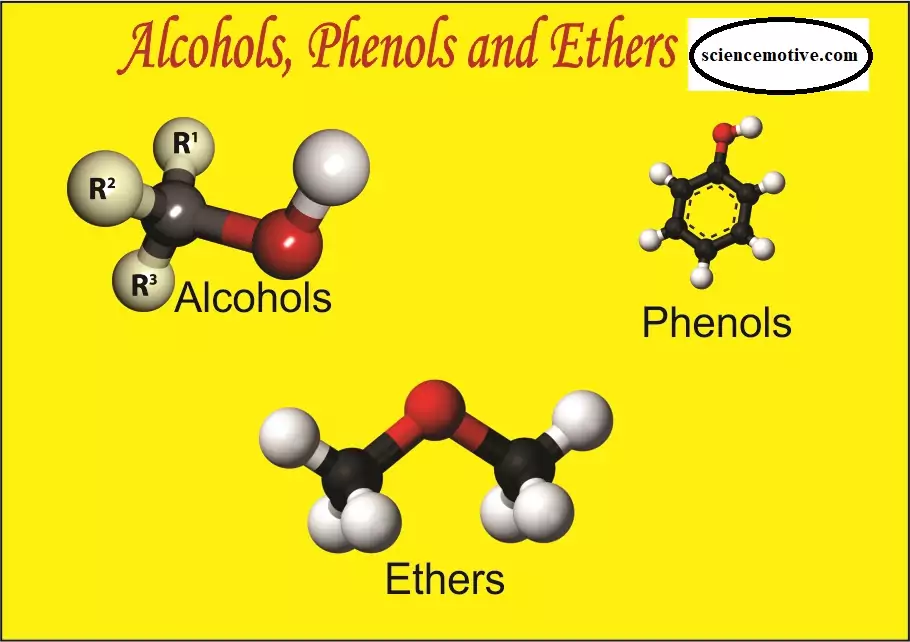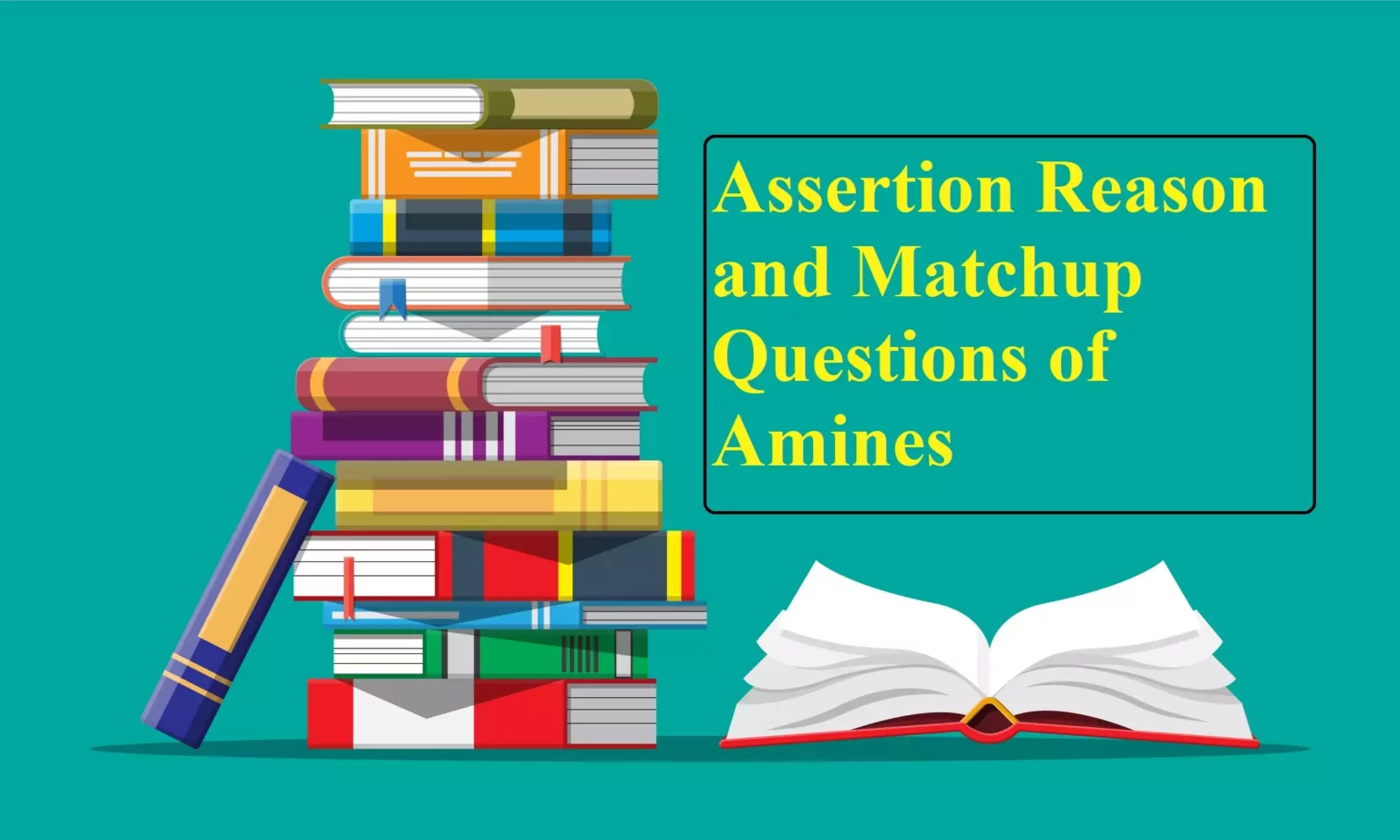Fully Solved Paper Chemistry Class XII CLASS – XII SUBJECTS – CHEMISTRY M.M.70 TIME: 3 HOURS General Instructions: There are 33 questions in this question paper. All questions are compulsory. Section A: Q No. 1 to 16 are objective-type questions. Q.No. 1 & 2 are passage-based questions carrying 4 marks each while Q.No 3…
Author: Dr. Vikas Jasrotia
Organic Chemistry Distinguish Tests Distinguish between 1. (C2H5)2NH and (CH3)3NH i). Add HNO2. (C2H5)2NH will form a yellow oily compound, whereas (CH3)3NH will form salt soluble in water. (C2H5)2NH + HNO2 → (C2H5)2N−N=O diethylamine N − nitrosodiethylamine (Yellow oily liquid) ii). Alternatively, add Hinsberg’s reagent (C2H5)2NH will form compounds soluble in KOH, whereas (CH3)3NH will not react. 2. C6H5NH2 and C6H5-NH-CH3 i). C6H5NH2 Will give Carbylamine test (primary amine) – in addition with chloroform and KOH, C6H5NH2will give offensive smelling compound. 3. To distinguish Primary, secondary and tertiary amine: i). Hinsberg test: ii). Nitrous acid test: 4. Aniline and…
Organic Chemistry Find the Compound Type Questions Que 1. An organic compound (A) (C8H16O2) was hydrolysed with dilute sulphuric acid to give carboxylic acid (B) and alcohol (C). Oxidation of (C) with chromic acid produced (B). (C) on dehydration gives but-1-ene. Identity A,B,C. Ans 1. Organic compound A is an ester as on acid hydrolysis it gives a mixture of an acid and an alcohol. Oxidation of alcohol (C) gives acid (B). Hence, the number of carbon atoms in (B) and (C) are the same. Ester (compound A) has eight C atoms. Hence, both carboxylic acid B and alcohol…
Case-Based Questions Chemistry Solid State Passage – 1 Read the given passage and answer the questions that follow: A lattice can be generated by repeating a small portion called the unit cell. A crystal structure is made of atoms. In other words, the structure is an ordered array of atoms, ions or molecules. The different type of unit cells are Primitive Cubic Unit Cell, Body-centered Cubic Unit Cell, Face centered cubic unit cell. The primitive cubic unit cell has atoms only at its corner. Each atom…
Compounds and Properties of Nitrogen Dinitrogen Preparation of Dinitrogen: Dinitrogen is produced commercially by the liquefaction and fractional distillation of air. In the laboratory, dinitrogen is prepared by treating an aqueous solution of ammonium chloride with sodium nitrite. NH4CI(aq) + NaNO2(aq) → N2(g) + 2H2O(l) + NaCl (aq) It can also be obtained by the thermal decomposition of ammonium dichromate (NH4)2Cr2O7 →Heat N2 + 4H2O + Cr2O3 …
Organic All Important Naming Reactions: Haloalkanes and Haloarenes 1) Finkelstein Reaction: This reaction used for the preparation of iodoalkanes from the corresponding chloroalkanes or bromoalkanes. 2) Fittig Reaction: In the reaction, haloarene is reacted with metallic sodium in the presence of anhydrous ether to form Diphenyl which is an aromatic hydrocarbon. …
Sample Question Paper Class 12 Chemistry 2020-2021 Class: XII Chemistry Session 2020-21 Time: 3 Hours Maximum Marks: 70 General Instructions: Read the following instructions carefully. a) There are 33 questions in this question paper. All questions are compulsory. b) Section A: Q. No. 1 to 16 are objective type questions. Q. No. 1 and 2 are passage based…
General Properties of Group 15 p – Block elements The elements in which the last electron enters in the valence p-sub shell are called the p-block elements. They include elements from groups 13 to 18. Their general electronic configuration is ns2np1-6 where n = 2 (except He which has 1s2 configuration). They, includes metals, non-metals and metalloids. Elements belonging to the s and p-blocks in the periodic table are called the representative elements or main group elements. Inert pair effect: The tendency of ns2 electron pair to participate in a bond formation decreases with the increase in atomic…
Solved Questions Alcohols, Phenols and Ethers Solved Questions Alcohols, Phenols and Ethers: Que 1. What is the structure and IUPAC name of glycerol? Ans 1. IUPAC name is propane -1,2,3-triol. Que 2. Write the IUPAC name of the following compounds. Ans. (A) 3-Ethyl-5-methylhexan-2,4-diol (B) 1-Methoxy-3-nitrocyclohexan Que 3. Write the IUPAC name of the compound given below Ans 3. 3-Methylpent-2-ene-1,2-diol Que 4. Name the factors responsible for the solubility of alcohols in water. Ans 4. The solubility of alcohols and phenols in water is due to their ability to form hydrogen bonds with water molecules as shown. The solubility decreases with an…
Assertion Reason and Matchup Questions of Amines Assertion Reason and Matchup Questions of Amines: Note: Match the items of Column I and Column II in the following questions 1. Match the reactions given in Column I with the statements given in Column Column I Column II (i) Ammonolysis (a) Amine with a lesser number of carbon atoms (ii) Gabriel phthalimide synthesis (b) Detection test for primary amines. (iii) Hoffmann Bromamide reaction (c) Reaction of phthalimide with KOH and R—X (iv) Carbylamine reaction (d) Reaction of alkyl halides with NH3 Ans 1. (i)-(d) (ii)- (c) (iii)- (a) (iv)- (b) Explanation: (i)…

